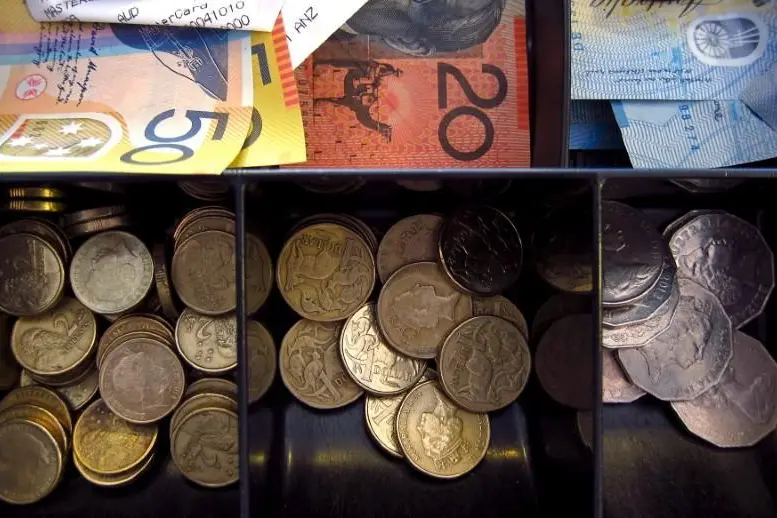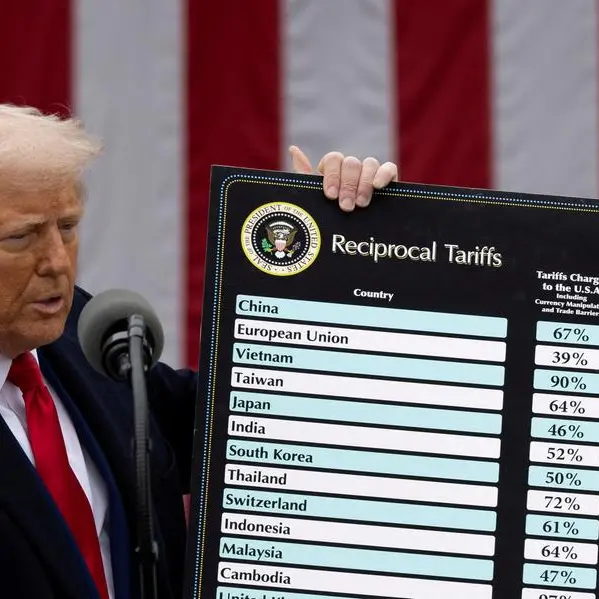PHOTO
The Australian and New Zealand dollars breathed a sigh of relief on Monday after U.S. President Joe Biden and congressional Republican Kevin McCarthy reached a deal to suspend the U.S. debt ceiling, removing a source of uncertainty for markets.
The Aussie rose 0.2% to $0.6528, after suffering a 2% drop last week to a six-month trough of $0.6490. It now faces resistance at the 10-day moving average of $0.6595.
The kiwi was 0.1% higher at $0.6052, having also slumped 3.6% last week to a half-year low of $0.6034, weighed by a dovish Reserve Bank of New Zealand that surprised markets by signalling that it was done raising rates. Resistance is at the 200-day moving average of $0.6153.
After weeks of negotiations, congressional Republican McCarthy and Biden forged an agreement late on Saturday to avert an economically destabilising default to suspend the $31.4 trillion debt ceiling until 2025. The deal will now have to pass through the narrowly divided Congress.
That, along with a rebound in iron ore and copper prices on Monday, have helped the Aussie stabilise above 65 cents, but concerns about China's economic recovery, bets of U.S. rates staying higher for longer and soft domestic data are set to weigh on the currency.
"USD is likely to consolidate early this week after increasing by 3% in the past few weeks. But it could be a volatile week," said Joseph Capurso, a senior currency strategist at Commonwealth Bank of Australia.
On Friday, the Federal Reserve's preferred gauge of inflation - the personal consumption expenditures (PCE) price index - came in stronger than expected. Taken together with strong U.S. consumer spending, markets are now leaning towards a quarter-point hike from the Fed next month and seeing rates staying there for the rest of the year.
In contrast, the Reserve Bank of Australia is expected to stand pat on rates next month, barring a nasty surprise from the monthly inflation reading this week. Economists have forecast that consumer inflation likely remained flat at 6.3% for April, adding to a slew of soft data over the past month.
However, if data show that inflationary and wage pressures surprise on the upside, there is risk of another rate hike in the second half of the year. That will bring the cash rate to 4.1% and futures see rates staying there until the end of the year.
(Reporting by Stella Qiu; Editing by Jacqueline Wong)




















